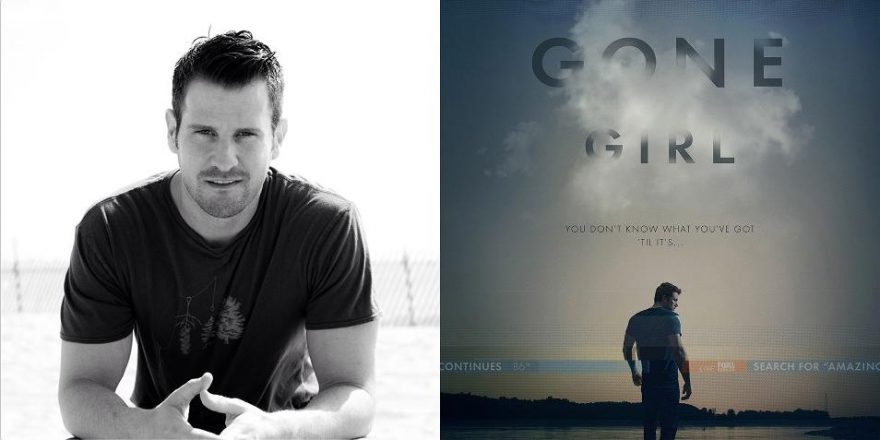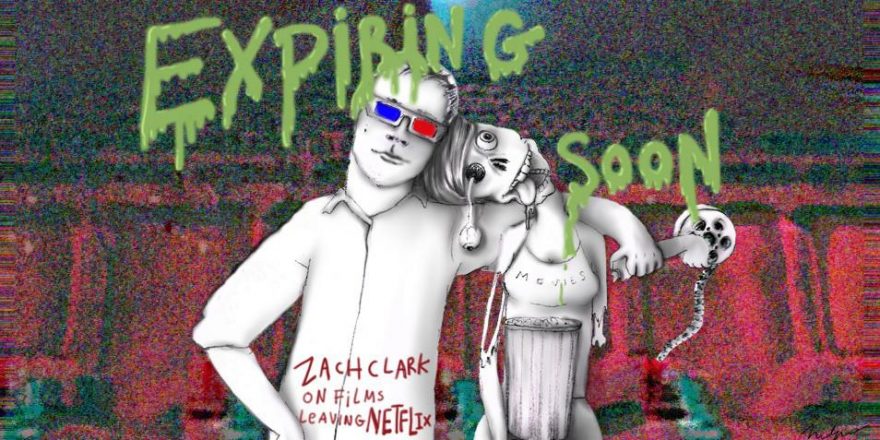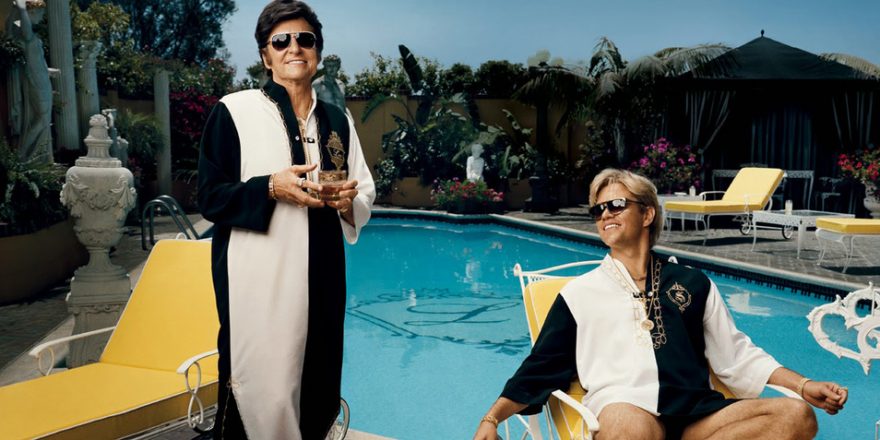“Give up your inquiries, which are completely useless,” reads a neatly typed warning that’s handed to Tom Cruise a couple hours into Stanley Kubrick’s Eyes Wide Shut. Presented to the audience as a point-of-view insert, it could easily be read as a direct message from one of Hollywood’s densest auteurs in the twilight of his career. “Hey, cineastes! It’s me, Stanley. Don’t try to make sense out of this stuff, it’s not going to lead anywhere.” The supposed mysteries and meanings of Kubrick’s work were best explored in Rodney Ascher’s Room 237, one of the best movies about movies ever, which reaches a conclusion that is also a great truth about art: there are no answers because there are a million answers, and there are a million answers because there is no answer. You can dig down this rabbit hole all you want, kids, but you ain’t gonna get to Wonderland anytime soon.
As a teenager getting into movies, I watched all of Kubrick’s work religiously (including, for a little while, almost weekly viewings of Full Metal Jacket and Dr. Strangelove) but over the years I’ve found myself revisiting his final film the most. Maybe it’s because I also made a Christmas movie with an orgy in it, but Eyes Wide Shut has evolved for me over the years more than most other movies I’ve seen. Which isn’t to say that my appreciation of it has deepened, but rather that in the almost two decades since I first saw it, I’ve found it has the ability to be whatever movie I need it to be at any given moment.
I was 17 years old when Eyes Wide Shut opened in theaters, and I saw it on its first weekend. There was a rumor (whose source I cannot remember) that when Kubrick was asked to show the studio executives some footage from the film, he presented a single shot of Nicole Kidman’s breasts, with her name written over one nipple and Tom Cruise’s over the other. There is literally zero evidence anywhere that this happened, but it’s what I heard somewhere and it’s what I wanted to believe. Kubrick, the uncompromising provocateur, was going to unleash another austere, boundary-pushing, genre-redefining masterpiece and the world of movies would never be the same again! In the theater, the group seated the row in front of me giggled at the nudity throughout the entire movie and I was furious. How could they fail to see the towering achievement in front of them? I munched on my popcorn, stewing in my contempt while basking in the profound artistic and personal statements of a Major Adult Motion Picture smoldering on the silver screen above me. Ah, youth!
Eyes Wide Shut properly re-entered my regular viewing rotation when I was 29 years old and preparing to make White Reindeer, my own movie about erotic ennui in the holiday season. I was digging through movies I had that were set at Christmas to find visual references, and was initially struck by how the light coming off any Christmas tree in the film, no matter what the combination of multicolored bulbs that illuminated it, always seemed to default to pink. Beyond that, what became most striking about Kubrick’s design and construction of the film was how fake everything felt, and how the closer you looked at any detail, the more artificial it became. Cruise visits the apartment of a prostitute twice in the film, which is supposed to feel like a regular old dingy New York apartment, but there’s something about the arrangement and placement of the sink full of dirty dishes, or the string of Christmas lights inside that aren’t on any specific window or doorway, that feels suspicious. Kubrick shoots these interiors mostly in two-shots, with his usual wide lenses that tend not to make distinctions between the actors and the furniture. This falseness has a power to me. This artifice was a means of accessing deeper truths.
There was a rumor that when Kubrick was asked to show the studio executives some footage from the film, he presented a single shot of Nicole Kidman’s breasts, with her name written over one nipple and Tom Cruise’s over the other.I’m 34 years old now and I watched Eyes Wide Shut yesterday. Five years ago, I would’ve drawn a direct line from the stylized tragedies of Douglas Sirk directly to this movie, but the first reference that came to mind on this viewing was Jerry Lewis’ 1983 film Cracking Up, a movie whose power and vision cannot be questioned, but which was clearly made by someone who belonged to an era that had since passed and whose working methods were already obsolete. Eyes Wide Shut is a relic, not of 1999, but of the studio era that gave birth to its director. Here are movie stars! Movie sets! Movie dissolves! Here is a two-and-a-half-hour masterpiece about a handsome doctor’s unstoppable quest to fuck a woman who is not his wife!
The second film that came to mind was Pier Paolo Pasolini’s Salò, or the 120 Days of Sodom, a terrifying and essential work that I initially thought was relentlessly, despicably bleak, but now view as a masterwork of camp. (Yes, camp can and should be terrifying; see the recent restoration of John Waters’ Multiple Maniacs if you have any doubts.) Eyes Wide Shut is pure camp. It’s a Penthouse letter turned nightmare. Look at this actual shot from the movie and tell me this thing isn’t set in some multimillion-dollar kitsch re-envisioning of a porn magazine photo spread:

The dispassionate framing! The empty white wall! And how’s that nurse going to get involved? Here is an emotionally devoid hetero fantasy world, in which every female character has lecherous desires for the lead character, performed with a stilted unease that meets right in the middle of Kubrick’s remove from his characters and Cruise’s remove from the human race. Eyes Wide Shut is a movie about spectacle, it’s about performance, it’s about costumes (it is literally about costumes), it’s about the neon blue light of the moon. Two decades earlier, they would’ve given this script to Russ Meyer and he also would have turned it into a complex, contradictory horror smut melodrama, which is what Eyes Wide Shut is.
Or at least that’s what it felt like yesterday.
Eyes Wide Shut expires on Netflix on September 30.







